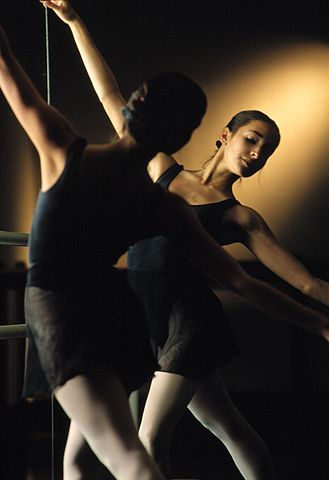Nigel Charnock, one of the founders of DV8 together with Lloyd Newson, recently passed away at the age of just 52. Charnock was and is still seen by many of one of the true originals who kept contemporary dance bright and evolving, preventing it from becoming stagnant. His complete dedication to extremes and the pushing of artistic boundaries was what many of his audiences and fans were drawn to, in his rejection of the theatrical, the jazz boot, jazz hands and leg warmers.
To some Charnock may have appeared fearless, and may even have been feared, often creating dance extremely controversially. It has been argued that his on-stage eccentricity may also mirror that of his real-life, blurring the boundaries between entertainment and a personal need for output, be it artistically, emotionally, or both. British contemporary dance twenty and thirty years ago presented many talented performers who engaged with and embraced homosexual identity in theatrical dance, extending the limits of entertainment, and indeed art itself, Charnock singing, dancing and making jokes amongst others such as Newson, Michael Clark and Javier de Frutos.
DV8 was founded in 1986, a combination of physical and dance-theatre. DV8 since presented a number of provocative and emotive pieces, such as establishing its breakthrough with Dead Dreams of Monochrome Men, a gruelling and yet graceful all-male work, including a young Russell Maliphant. In addition, the subsequent acclaimed production Strange Fish featured strongly Charnock’s powerful persona on stage and film. Charnock then presented a number of personal pieces which have been likened to stand-up comedy, such as Hell Bent, Original Sin, Resurrection, Human Being, and Frank in small London theatres. In a more commercial enterprise, Charnock was commissioned for the integrated dance company Candoco and became artistic director of the Helsinki Dance Company for three years, indicating that not only will Charnock’s legacy live on, but it will flourish and become even more well-known.
The opinions expressed in the above article or review are mine alone and do not reflect the opinions of my employer.









